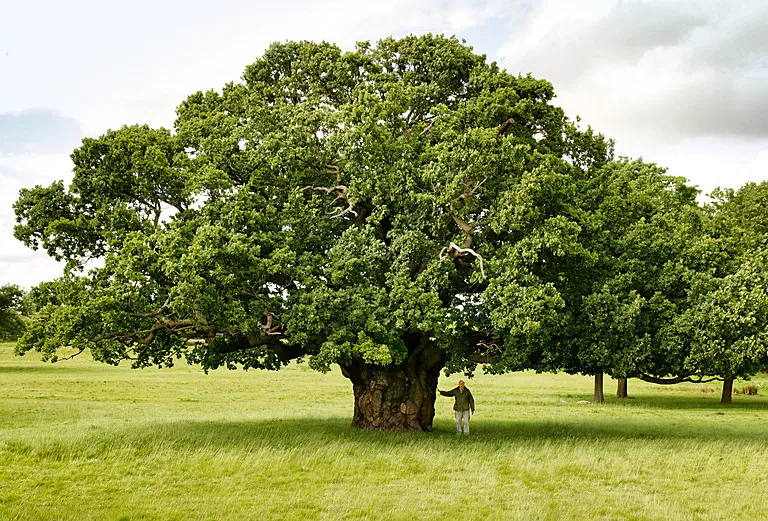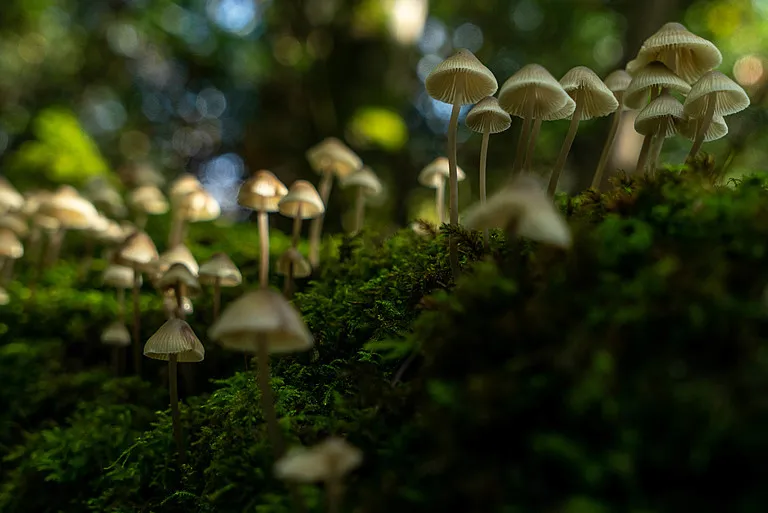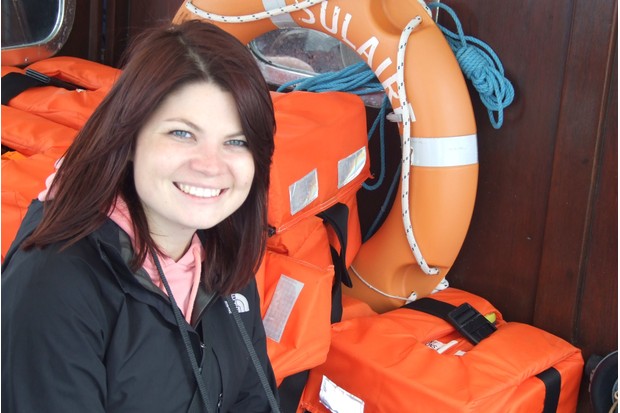Wild Isles is a five-part BBC series exploring how our woodland, grassland, freshwater and ocean habitats support wildlife of all kinds.
In episode two, Woodland, Sir David Attenborough follows our threatened woodland through the seasons, revealing a host of spectacular animals and the hidden dramas that rule their lives. “We’ll take you on a journey, to see how animals and plants respond to the challenges of life in our ever-changing woodlands,” he says.
Expect to see the largest land slugs in the world, golden eagles in the Cairngorms and wild boar helping robins.
In England alone, we have more ancient oaks than the whole of the rest of Europe put together. But since I was born, we have lost almost half of our ancient woodland. And now we are one of the least forested countries in Europe. Woodland covers only 13 per cent of the British Isles, and human influence can be seen in every single bit of it. But despite this, there is a remarkable variety in the woodland that remains. Pines in the north, broadleaved woodlands in the south and even rainforests – temperate ones – along our western shores.
Sir David Attenborough

When does Wild Isles air?
Episode two, Woodland, airs on BBC One and iPlayer on Sunday 19th March at 7pm.
What are the key stories in episode two?
Robins and wild boar, Gloucestershire
A thriving population of wild boar resides in the Forest of Dean. These omnivores spend a lot of time rooting through the forest floor with their snouts, which makes them a big hit with robins. When the ground is frozen, the boar help their feathered friends by breaking it up, exposing worms, and by smashing ice-covered puddles, providing drinking water. The Wild Isles team were on standby for three consecutive winters to film rare footage of this relationship.
Honey buzzard, New Forest
Despite its name, one of Britain’s rarest breeding birds does not have a taste for honey – it prefers the grubs of a wasp. The birds of prey survey the woodland for wasps, then follow them to build a mental map of the wasps’ nests. Later in the summer, when the wasp larvae are ready, the birds claw out the wasps’ nests and extract combs containing the grubs they need to feed their young. In the New Forest, a secret camera allowed the crew to get intimate moments between the chicks.
Starling murmuration, Bodmin Moor
At the end of autumn, starlings fly in to roost on Cornwall’s Bodmin Moor where a narrow belt of conifers provides refuge. Remote, low-light cameras, rigged up on trees or scaffolding, were used to film inside the roost, but the starlings would move around the woodland and it took 24 nights to get the right shots. The way the birds move in unison towards their roosting place, and the ‘information centre’ hypothesis of their mass gatherings among the trees, has long fascinated scientists.
Ash-black slugs mating, Dartmoor
Only found in ancient wet woods, ash-black slugs are up to 30cm long and are the largest land slugs in the world, according to the Guinness World Records. They have both male and female sexual organs and mate by hanging from a branch and twisting together. Soon two penises protrude, each as long as its owner’s body, and they corkscrew around each other as sperm is passed between the slugs.
Purple emperors, Sussex
To capture the battling purple emperor scene, Wild Isles cameraman Mark Yates had to enter the world of the male butterflies, which meant hoisting him 20 metres up to the top of the canopy using a cherry picker!
“The fights happen in a flash,” says producer Chris Howard, “The battles tend to be over in as little as two to three seconds and can occur anywhere in a large space between the trees.” Mark was armed with a super high-speed camera, capable of slowing the action down 40 times so the film crew would have a chance of seeing what was going on. “It was then a case of relying on his extraordinary skill – predicting where the butterflies would fight, whipping the camera into position, focusing up and recording the action all in about five seconds flat...all while standing 20m up in the air in a rather wobbly platform,” adds Chris.

Where is Wild Isles episode two filmed?
Golden eagle: Cairngorms
Robins and wild boar: Forest of Dean
The flowering forest: Chichester
Capercaillie: Cairngorms
Wood ants: Buckinghamshire
Roe deer: Woking
Purple emperors: Sussex
Slug mating: Dartmoor
Red squirrels: Scotland
Honey buzzard: New Forest
Fallow deer: Sussex; Cheshire
Autumn forest and fungi: Somerset; Scotland; Suffolk
Starling murmuration: Bodmin Moor
Check out more Wild Isles filming locations

Meet the Wild Isles principle camera and series consultant Simon King
In episode two, Simon King was involved in filming the fallow deer rut. He also filmed foxes and June bugs, gannets, puffins and gulls, and badgers and bluebells for episode one.
What are your favourite species in this series?
Having worked on the series for the best part of five years, I have had the good fortune to revisit many of the species that were already close to my heart, but which had not had the time invested in filming them until now to reveal the greatest dramas in their lives.
I loved working with red deer in southern Ireland, adders in Northumberland, hares in the South East and the Hebrides and puffins on the Farne Islands, amongst many others. The behavioural revelations of species like white-tailed eagles, water shrews and predatory leeches all feel like events that occur in exotic locations, not to mention the hunting behaviour of orcas. All this in and around the British Isles. Phenomenal.
What were the biggest technological challenges?
There were many very ambitious sequences in the series, from the visualisation of the ‘wood wide web’ with the remarkable story of the way the forest communicates via a network of thread like fungi, to astonishing underwater filming techniques in the Ocean episode (episode 5). I worked with the most cutting-edge thermal imaging cameras to reveal the world of the fox under the cover of complete darkness. The team had to deploy remote cameras to record the most stunning sequence of capercaillie in Caledonian forest and drone and gyro-stabilised cameras were used throughout the filming.
Can you tell us about some of the specialist equipment that was used?
I used super high-speed digital cameras to record hobbies hunting dragonflies and peregrine falcons hunting wading birds. Astonishing technical developments were innovated for the macro sequences revealing hidden worlds of solitary bees, butterflies and much more. This series has been a marriage of dedication by a team of knowledgeable and committed people, the time invested to reveal what we knew to occur very occasionally but had never before had the opportunity to reveal, and the technological advances that have allowed us to reveal the beauty, drama and breathtaking natural magic of the British Isles.
What would you hope that the audience will take away from watching the series?
A renewed love and respect for our natural heritage, the will to ensure the survival of the fragments that still exist and a commitment to reverse the trend of loss and degradation that has besieged the wildlife of Britain and Ireland in recent decades.
Main image: They may look majestic, but the favourite foods of a purple emperors include tree sap and fox poo. They can sometimes be found feeding on this scat on the woodland floor. © BBC/Silverback Films/Alex Hyde/naturepl.com
